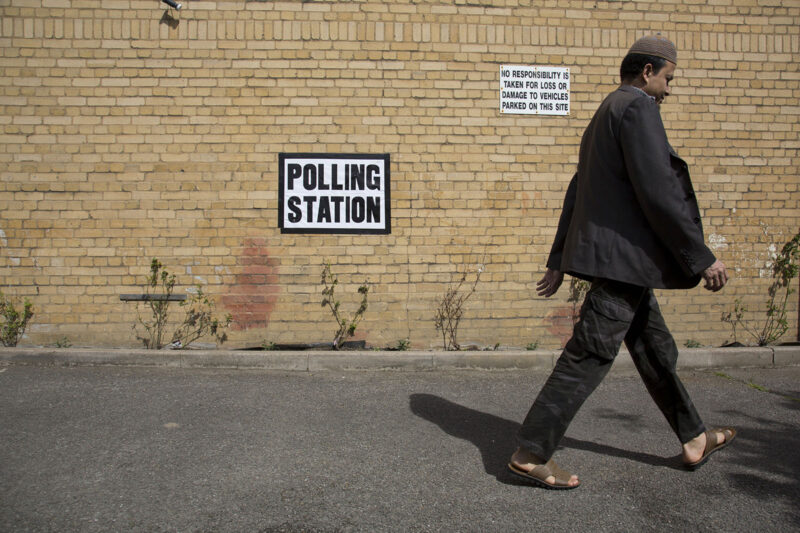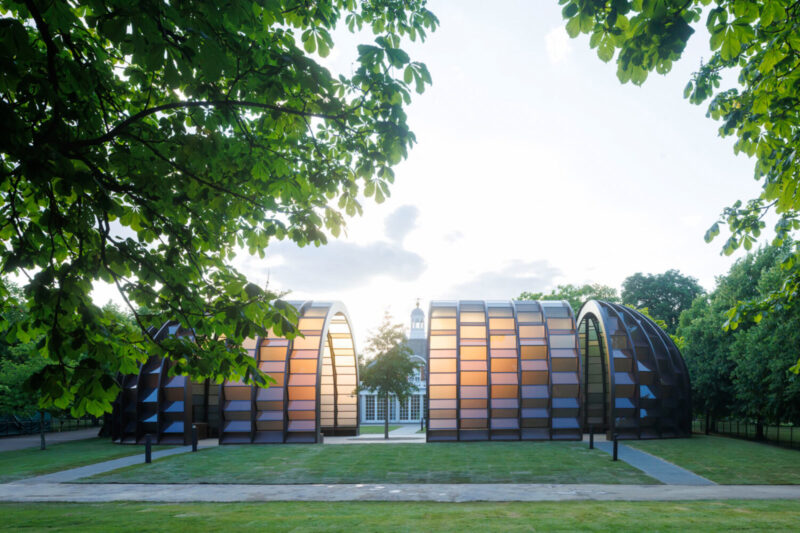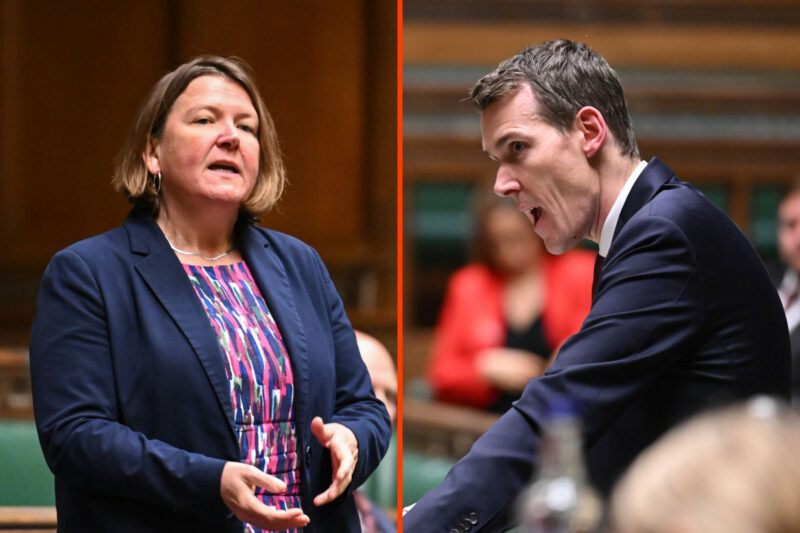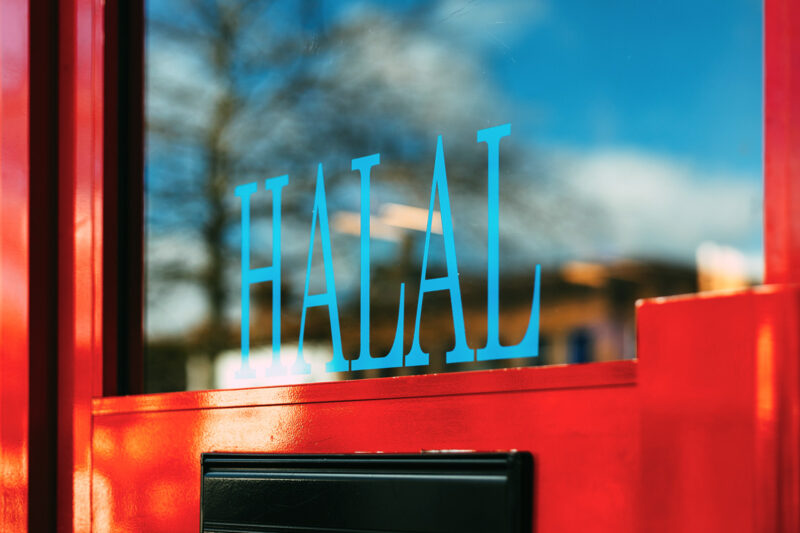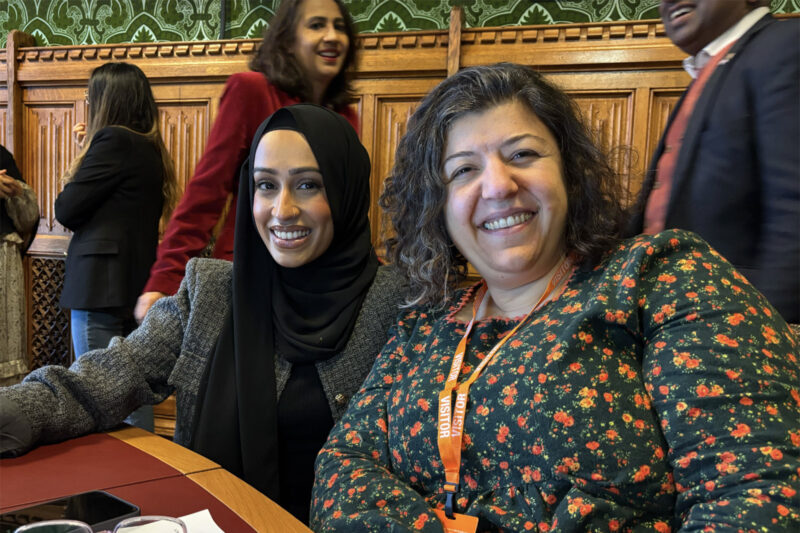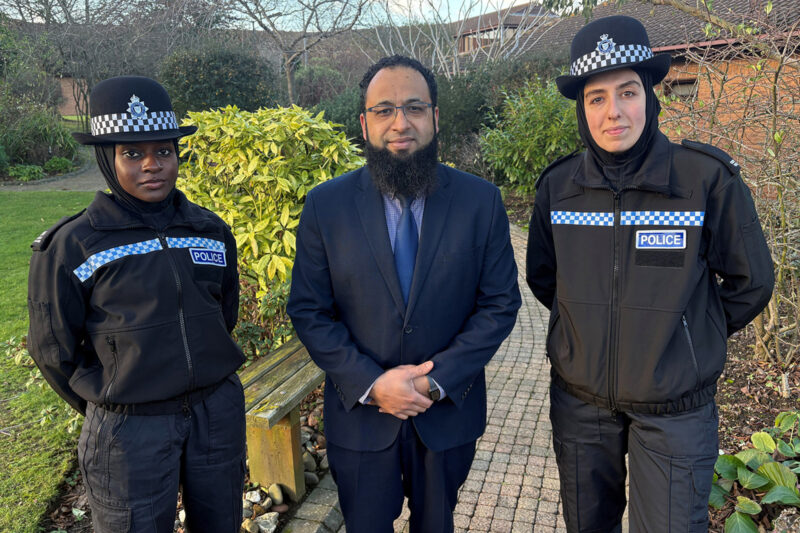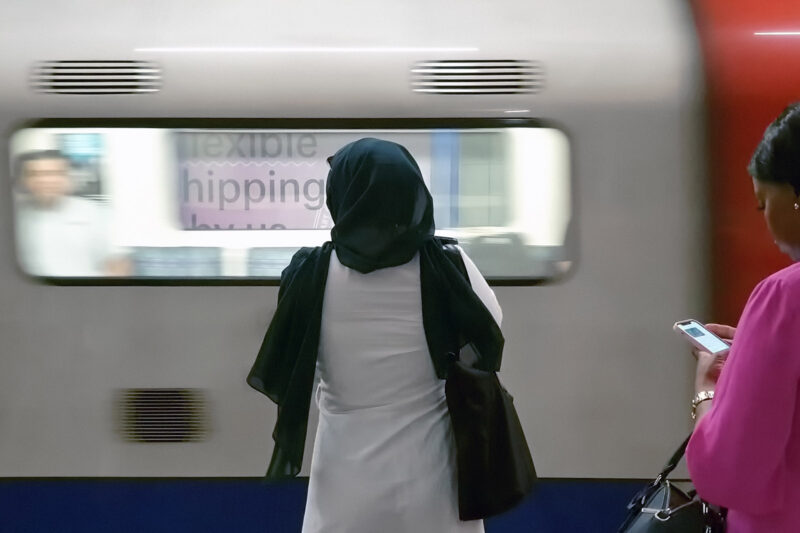Three quarters of social housing blocks with unsafe cladding yet to be fixed
Slow progress since Grenfell fire disproportionately affects Muslims, who are more likely to live in social housing
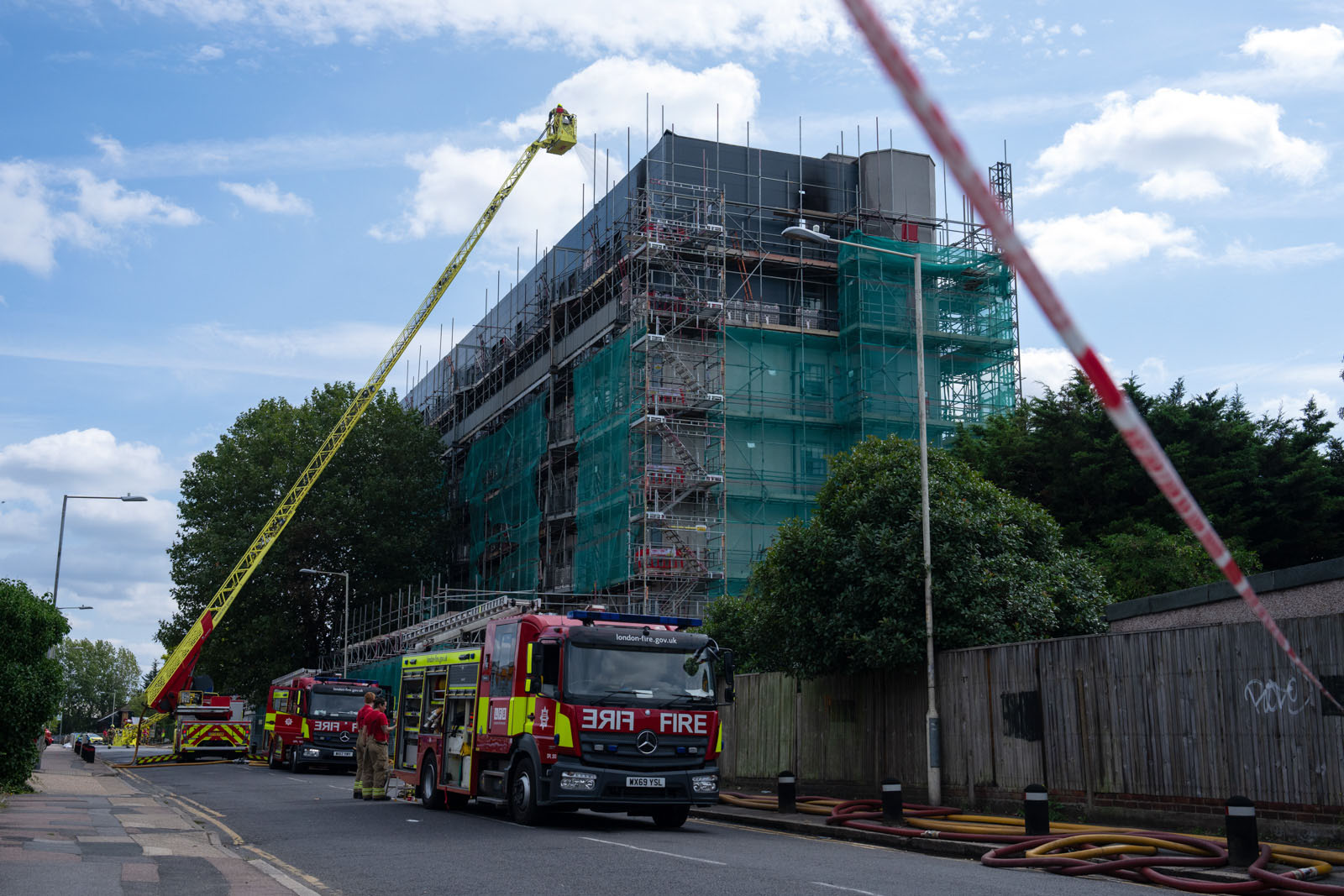
Nearly three quarters of social housing blocks in England identified as having “life-critical fire safety cladding defects” since the Grenfell fire still haven’t been fixed.
The revelation comes as the final report of the long-running Grenfell inquiry is due to be published on Wednesday 4 September.
Seventy-two people died when Grenfell Tower, a social housing block in west London, burned down in June 2017. The building’s external cladding, made from aluminium composite material (ACM), was later established as a key factor in the spread and severity of the blaze, and the government set out to strip flammable coverings from all buildings over 11 metres tall at a cost of billions.
Yet as of 31 July, 1,751 of the 2,414 social housing blocks identified as having dangerous cladding still need work done to make them safe, according to the latest government update. Work hasn’t started at all at 1,206 social housing blocks, and is still underway at a further 545, with just 663 marked as having work complete.
At the current rate, it would take 18 more years for all social housing blocks to be made safe.
Suzanne Muna, secretary of the Social Housing Action Campaign (SHAC), said removing dangerous cladding from social rent homes “hasn’t been given the priority that it should”.
“A lot of that is to do with the demographic of social housing tenants,” she told Hyphen. “With Grenfell, you could see that the demographic was largely people who were poor, who didn’t have a lot of resources.
“There was a lot of ethnic diversity amongst that community, a lot of people who spoke English as a second language. There is a kind of inherent racism that has exacerbated this situation, and an attitude towards social housing tenants and residents in general.”
Blocks of social housing are owned and managed by registered social landlords, such as local councils and housing associations. Some £5.1 billion in government cash has been made available to cover the costs of remedial work, with social landlords eligible to apply.
Grenfell survivor Emma O’Connor told Hyphen that progress had been “way too slow” and said she feared it could lead to another tragedy on the scale of Grenfell “or bigger”.
O’Connor and her partner heard sirens shortly after 1am on 14 June 2017 and left their flat on the 20th floor of the tower block with just minutes to spare.
They feared O’Connor’s arthritis would mean she couldn’t walk down 20 flights of stairs, so they ignored fire safety advice and took the lift to the ground floor, a decision that may have saved their lives.
Seven years on, O’Connor still suffers from PTSD and panics when she hears sirens. “The other day a fire rescue unit came screaming past me,” she said. “It made me feel terrified of what scene they’re going to. I could hear them and I literally stopped and waited for them to go by instead of crossing the road.”
According to the 2021 census, Muslim people in England and Wales were more likely than any other religious group to live in social rented housing, with 26.6% living in this type of home compared with 16.6% of the general population. Data covering 2019 and 2020 from affordable housing providers found more households from Black, Asian and other minority ethnic backgrounds move into social housing than the wider population, reflecting higher rates of homelessness, overcrowding and other forms of housing need.
“They’re just not seen as a priority, even as far as the social landlords are concerned. It’s a national scandal and we should be absolutely ashamed of how long it’s taking to get these homes made safe,” Muna said.
More than 80 people were evacuated from a burning building in Dagenham, east London, in August, with two taken to hospital. The building was having dangerous cladding replaced at the time and had “known” fire safety issues going as far back as 2020.
Speaking to residents, deputy prime minister Angela Rayner agreed that progress had been “too slow”. But Muna warned: “There’s no point in putting pressure on councils unless they give them more money to actually deal with the issue. We certainly haven’t seen any indication that they will. In fact, it’s quite the opposite. At the moment we’re just getting the message that there’s just going to be more austerity.”
O’Connor echoed this. Asked if she believed the new Labour government would put enough pressure on developers, housing associations and local councils to speed up efforts to remove dangerous cladding, she said: “I hope so, but I am not sure, considering that their new budget will hurt. That kind of terrifies me.”
For residents stuck in unsafe buildings, Muna said the mental and emotional impact has been colossal. “I’ve seen people who have been brought to the point where they are starting to become quite suicidal. They just cannot see any fix ahead. They’ve been fobbed off so many times. Each time they get promised it’s going to be fixed, each time it builds up their hope and then something else comes along — there’s another delay, there’s another excuse, and nothing changes.”
She believes financial responsibility should rest with developers who built unsafe homes.
“These development companies have made millions of pounds out of housing that is actually unsafe and they need to put that right,” she said. “Their shareholders have got huge profits and that money should be clawed back from them. If they’re not willing to do it voluntarily, then it needs to be clawed back from them involuntarily, as far as I’m concerned.”
Muna also called on the new government to use legislation to speed up work. She added: “Why should anyone be going to sleep at night not knowing whether a fire could just take their life, take their child’s life, take their partner’s life? Why should anyone be having to live with that hanging over them?”
In all, 4,630 buildings of all types have been identified as having unsafe cladding since the Grenfell fire. Just under 69% of non-social blocks are still waiting to be made safe, compared with nearly 73% of social blocks.
The Ministry for Housing, Communities and Local Government did not respond to questions.
 Newsletter
Newsletter



